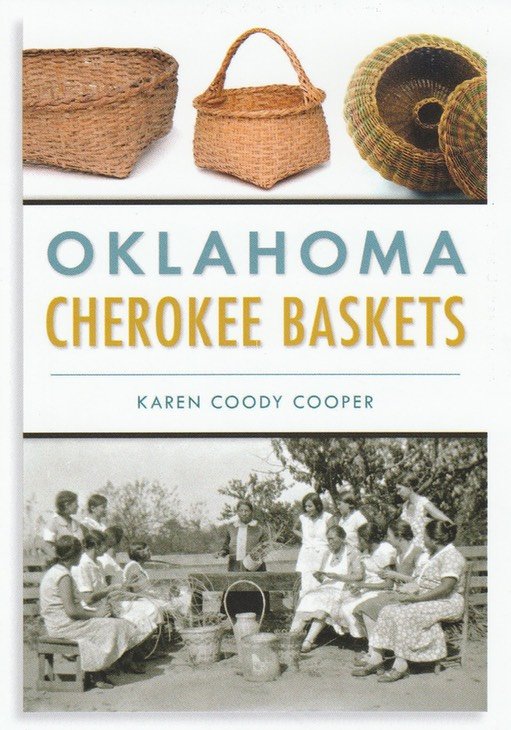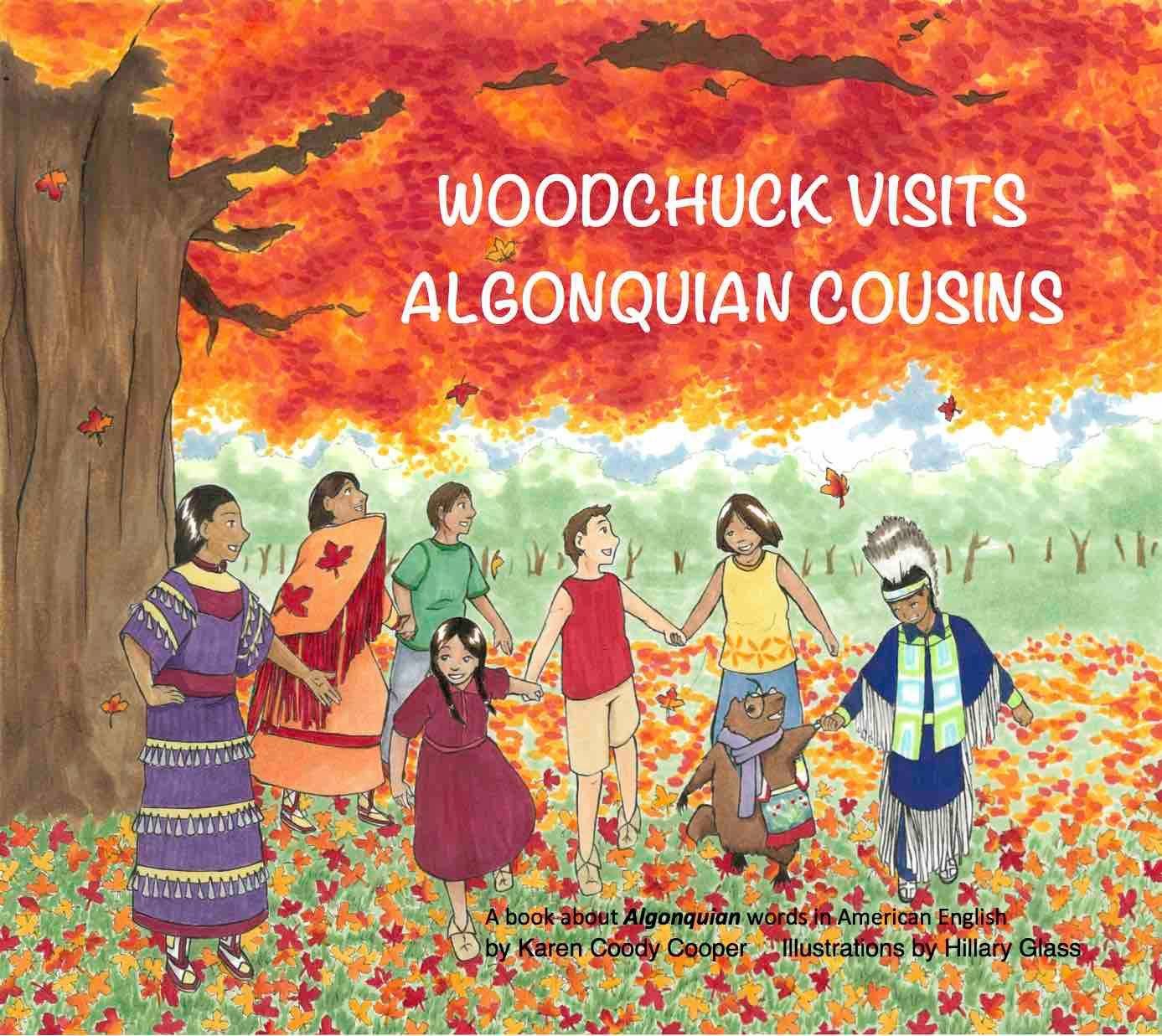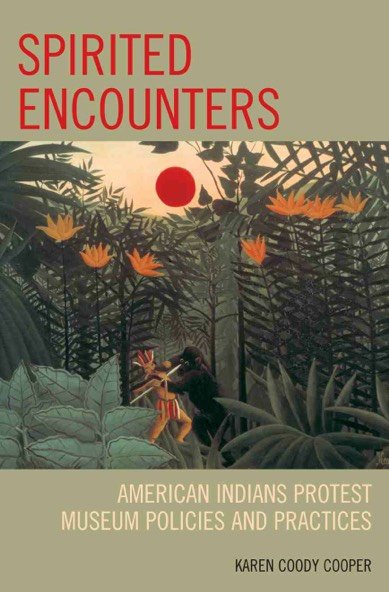Published Works
2022
Cherokee Women in Charge: Female Power and Leadership in American Indian Nations of Eastern North America
Cherokee women wielded significant power, and history demonstrates that in what is now America, indigenous women often bore the greater workload, both inside and outside the home. During the French and Indian War, Cherokee women resisted a chief's authority, owned family households, were skilled artisans, produced plentiful crops, mastered trade negotiations, and prepared chiefs' feasts. Cherokee culture was lost when the Cherokee Nation began imitating the American form of governance to gain political favor, and white colonists reduced indigenous women's power.
This book recounts long-standing Cherokee traditions and their rich histories. It demonstrates Cherokee and indigenous women as independent and strong individuals through feminist and historical perspectives. Readers will find that these women were far ahead of their time and held their own in many remarkable ways.
2016
Oklahoma Cherokee Baskets
The book traces Cherokee basketry traditions from the Eastern home to the new environment in Indian Territory. Forms and uses of baskets changed through the decades, was aided by WPA programs, and thrives today in the fourteen county Cherokee Nation of Oklahoma.
Physical & ebook available for purchase at Arcadia Publishing.
2014
Woodchuck Visits Algonquian Cousins
American Indian languages are the reason this book was written. The book’s richly saturated illustrations, created by young Cherokee artist Hillary Glass, capture a whimsical side of the bespectacled female Woodchuck whose adventures the story follows as she visits various Algonquian cousins: skunk, opossum, moose, muskellunge, chipmunk and raccoon.
The story is written for 6- to 10-year-olds, but the Algonquian-based words encourage initial adult involvement. Published by the Oklahoma-based soddenbank press, the full-color, beautifully illustrated book is sure to delight young readers.
2013
Cherokee Wampum: War and Peace Belts 1730 to Present
Cherokee Wampum War and Peace Belts 1730 to Present chronicles Wahatchey during the French and Indian War, notes several wampum exchanges with Iroquois delegations, and attempts to unravel where the surviving wampum belts came from.
I already had a mild interest in wampum belts when I came across an account of Wahachey exchanging wampum with Maryland officials at Fort Frederick during the English war with the French. The accounts of Wahachey capture a forceful personality caught up in perilous political storms. Whose side should he be on? None but his own perhaps. If he survived, so would his people, the Cherokee. But would wampum survive? Knowing that seven mystical Cherokee wampum belts still exist led me searching for historical truth, if it could be found.
2012
Black Cherokees
After learning that the Antioch Baptist Church in Tahlequah (only a matter of blocks from my former century-old house in the heart of the Cherokee Nation of Oklahoma) had been built in 1877 for a congregation of black worshipers and was being sold by the parent church, I became interested in a project to publish a variety of informative history pieces about black Cherokees. Black Cherokee history had systematically been diminished through unmarked graves, continuing vandalism of their cemeteries, removal of black Cherokee-by-blood citizens during the Dawes enrollment, and now this church, a powerful touchstone for area black Cherokees, was sold. Ty Wilson, founder of Cherokees for Black Indian History Preservation (CBIHP) Foundation, became my partner in planning and collecting material for Oklahoma Black Cherokees (published by History Press of Arcadia Publishing). Profits from the book will help preserve history, and perhaps with support from the Cherokee Nation a museum and cultural center can be created in the neighborhood of the old church building. Contributing writers include Art T. Burton, Mark A. Harrison, Daniel F. Littlefield, Tiya Miles, Celia E. Naylor, Shirley Pettengill, Joe Wilson, Ty Wilson, and myself. Stories I wrote include 115-Year-Old Part Negro-Park Cherokee Woman, Zachariah Foreman: The Wealthiest Man in the Cherokee Nation, Will Rogers’ Childhood Mentors, and Civil War Veteran Corporal Allen Lynch.
2011
Spirited Encounters
Having become aware through my career that living Native Americans had generally been excluded from having a voice in how they were/are represented in museums, I decided to chronicle the efforts of American Indians to challenge museum hegemony.
The protest of the Spirit Sings exhibition in 1988 in Canada was the first major Native protest to grab the world’s attention. Museums began forming Native advisory committees, hiring Native Americans, and reviewing their methodologies. However, American Indians in museums dreaded the coming of the Columbus Quincentenary, as 1992 approached, for it was sure to lead to exhibits which would ignore the inroads that had been made. The exhibit First Encounters caught the ire of Native Americans as it traveled across the continent praising conquerors and dismissing their victims. These two exhibits led me to title the book, Spirited Encounters. There have been many more protests, relatively unknown before this book bought them together in one volume. Reading the book is an effective way to learn about American Indian concerns, American Indian and non-Indian relationships, and how museums have evolved.
Order from AltaMira Press (1-800-462-6420 or www.altamirapress.com) or your favorite book dealer.
2009
Fault Line: Vulnerable Landscapes
Fault Line: Vulnerable Landscapes (soddenbank press 2009) won 2010 Best Book of Poetry from the Oklahoma Writers Federation and was an Oklahoma Book Award finalist.
Where to buy your copies of these books:
Anthologies: A Gathering of Spirit (Firebrand Books, 1984), Rooted Like the Ash Trees (Eagle Wing Press, 1987), Through the Kitchen Window (Berg Publishers, 2005), Through the Kitchen Window (Beacon Press, 1997), Women on Poetry (MacFarland & Company Inc, 2012)
Journals: Alura, Black Mountain College II, Conatus, Gatherings: The En'owkin Journal of First North American Peoples, Hobo Jungle, Manhattan Poetry Review, Sail
Awards: My book Fault Line: Vulnerable Landscapes won 2010 Best Book of Poetry by the Oklahoma Writers Federation and was a finalist in the 2010 Oklahoma Book Awards, Oklahoma Department of Libraries. The Rural Oklahoma Museum of Poetry also awarded me a Grand Prize in 2013 and another award in 2016.






